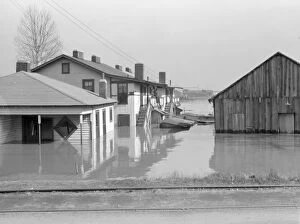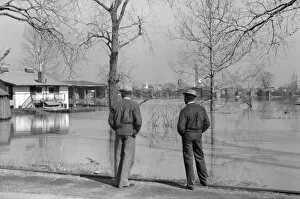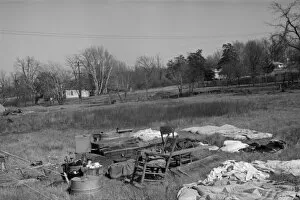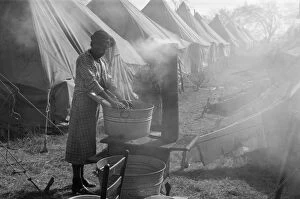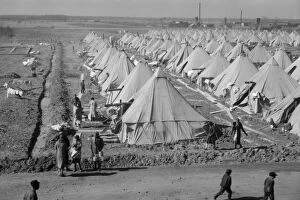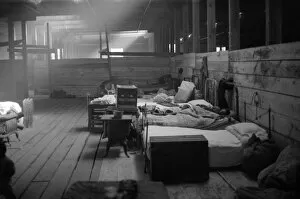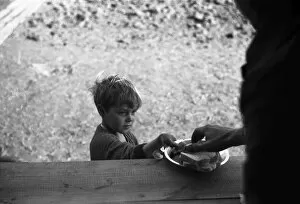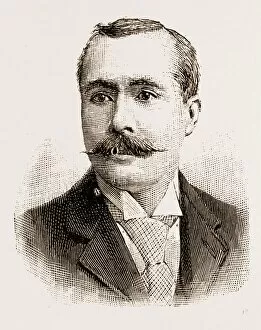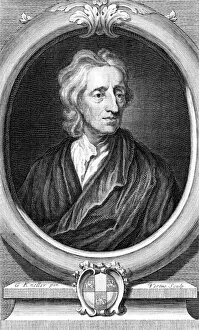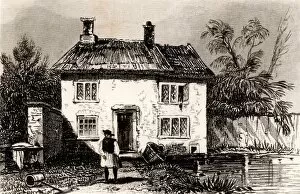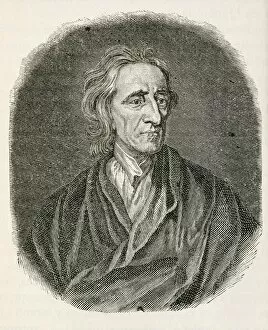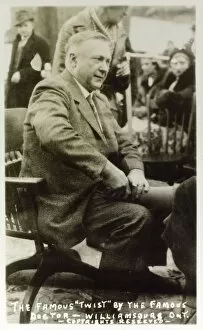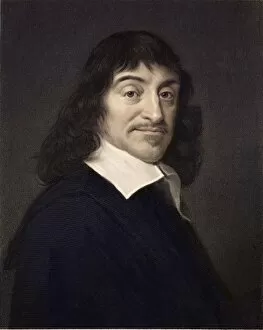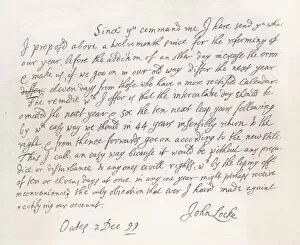Locke Collection (#3)
"Unlocking the Legacy: John Locke's Birthplace and Influence" Discover the birthplace of renowned English philosopher, John Locke
For sale as Licensed Images
Choose your image, Select your licence and Download the media
"Unlocking the Legacy: John Locke's Birthplace and Influence" Discover the birthplace of renowned English philosopher, John Locke, whose ideas shaped modern political thought. Born in Wrington, Somerset in 1632, Locke's intellectual journey began at an early age. Step into history with Janice Carby and Liz Beddoes, students of Wednesbury Photographic College, as they capture the essence Park in Barnsley, Yorkshire. This picturesque location holds a special connection to John Locke himself. Did you know that Sir Godfrey Kneller painted a famous portrait of John Locke? The artist perfectly captured his wisdom and intellect through his brushstrokes. Another notable depiction is found in Brounower by the talented painter named simply "Locke. " Explore the profound impact of John Locke's philosophical works such as "An Essay Concerning Human Understanding" or "Two Treatises of Government. " His ideas on individual liberty and government influenced generations to come. Immerse yourself in history with a copper engraving from 1752 showcasing this influential thinker. The intricate details bring forth his likeness while reminding us of his lasting legacy. Not only did John Locke leave an indelible mark on philosophy but also inspired individuals beyond academia. Golfers Bobby Locke and R. Burton drew inspiration from him as they honed their skills on golf courses worldwide. Join us on this captivating journey through time as we unravel the life and contributions of one man who forever changed our understanding of human nature and governance – JOHN LOCKE (1632-1704). Let this enchanting portrait printed in 1944 transport you back to an era where enlightenment flourished.

